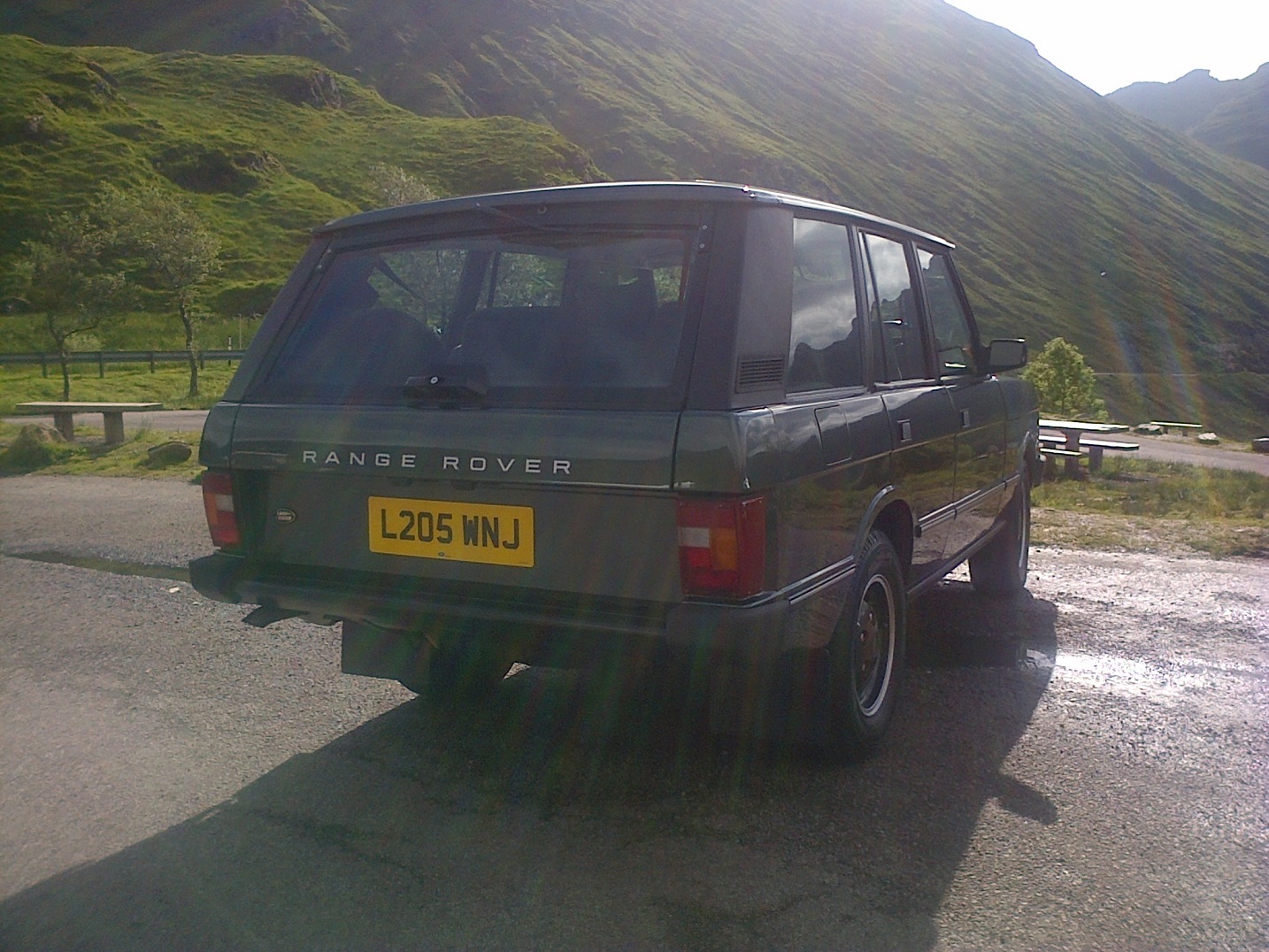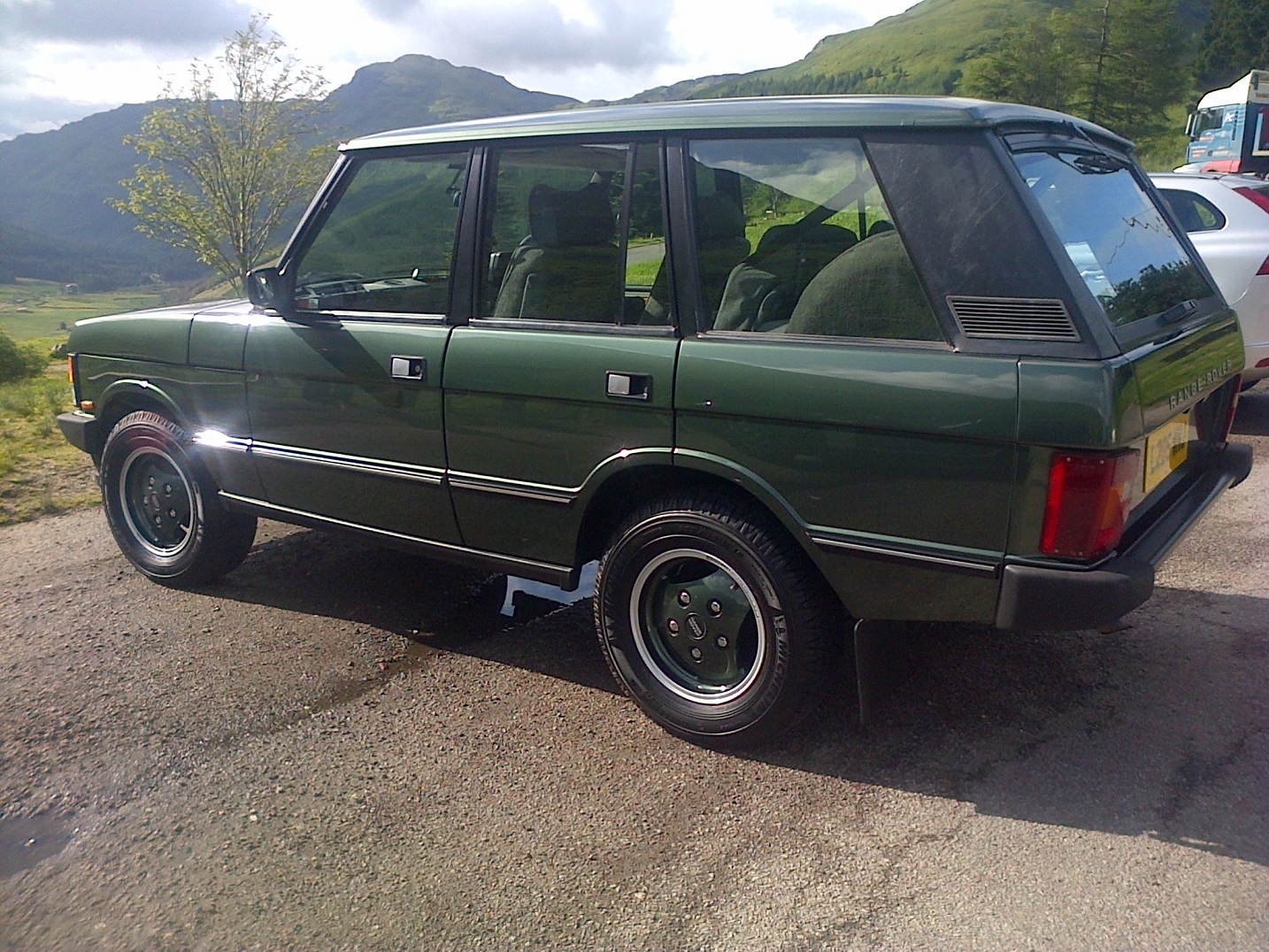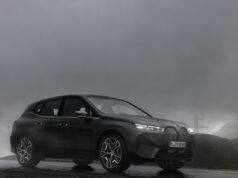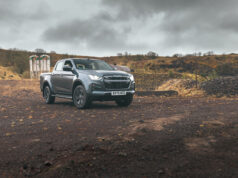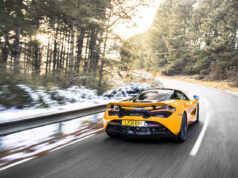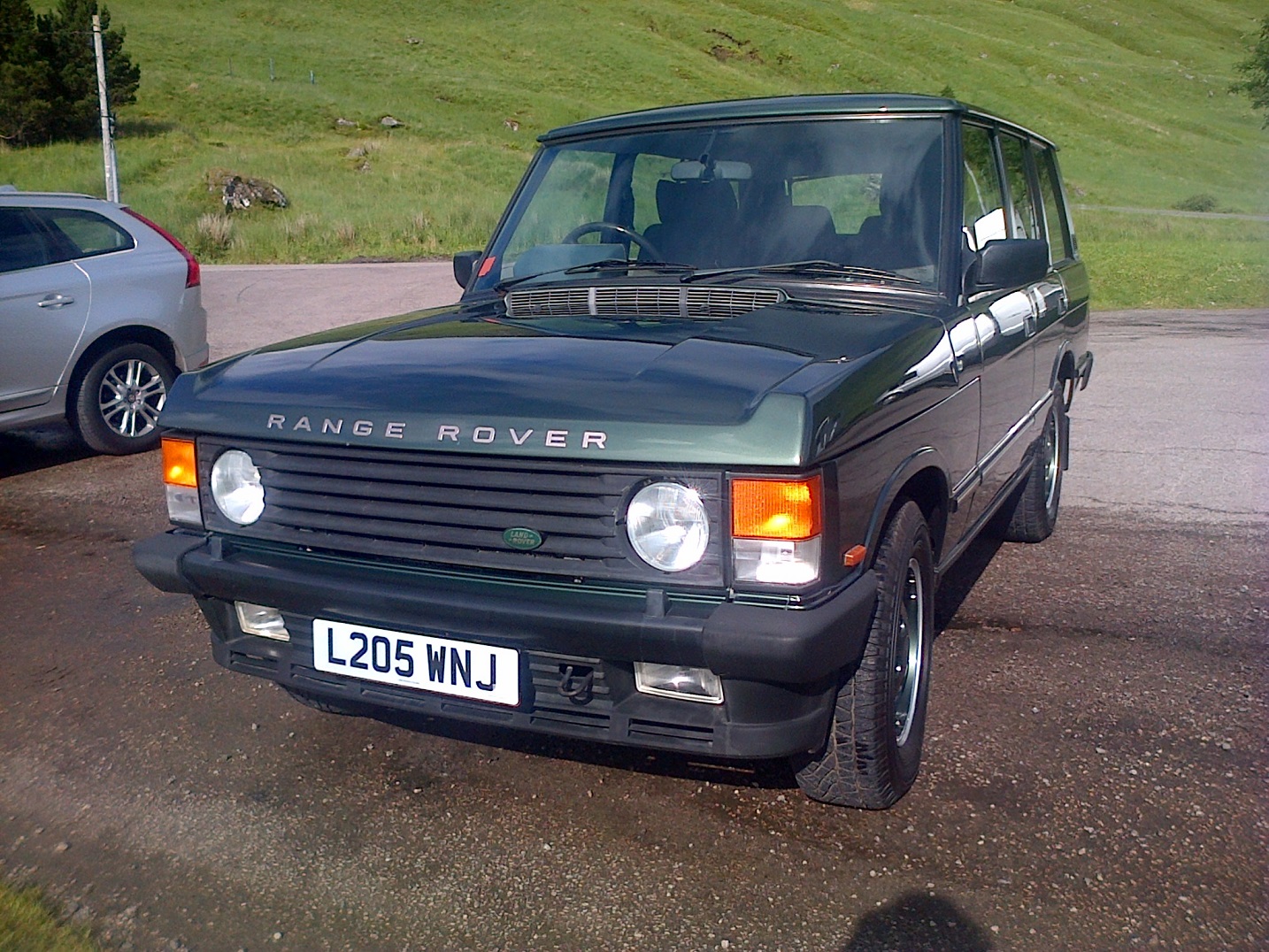
Nostalgia, some may say, is a thing of the past. Well of course it is but it’s also very much a thing of the present.
Classic cars are enjoying a revival, prompted by the desire by petrolheads to have something a little different for the weekends, but also to renew memories of their youth or even childhood when a driving licence was only a distant dream.
I’ve always enjoyed getting behind the wheel of something from days gone by, if only to appreciate just how much cars have advanced over the years….and not always for the better.
One of the most significant experiences was to get hold of an original Audi Quattro from the early 80s when the car was taking the world of rallying by storm in the hands of the flying Finns and Swedes such as Hannu Mikkola and Stig Blomquist.
This road-going specimen had been bought back by Audi from an owner in Scotland and fully restored to its original glory and ivory paint job.
It also came with some paperwork which showed its showroom price was a tad under £30,000 – the equivalent of around £100K now – and it didn’t have airbags, aircon, or any of the toys we’ve become used to now and you had to wind down the windows by hand. What it did have was the fabulous four wheel drive system which had helped it sweep the rally boards.
I was reminded of that experience when those nice people at Land Rover offered me the chance to experience one of their original Range Rovers. Actually this was among one of the last of the first generation which were turned out from 1970 to 1996. For the first eleven years it was available only as a two door version but this particular one was the full scale four door version in the upmarket Vogue spec.
The best bit was firing up the big 4 litre V8 with its gutsy roar and delightful ability to rock the vehicle on each push of the go-faster pedal. On the road, it was deliciously smooth if a bit wobbly on the bends but overall, remarkably comfortable for a 22 year old which leads a generally leisurely life these days.
But first the history bit.
With great foresight, the Rover Company had been thinking about a larger and more luxurious version of the go-anywhere Land Rover as far back as 1951 when the Rover P4-based two-wheel-drive “Road Rover” project was developed by Gordon Bashford. It was shelved in 1958, and the idea lay dormant until 1966, when engineers Spen King and Bashford set to work on a new model.
In 1967, the first Range Rover prototype was built, with the classic Range Rover shape but with a different front grille and headlights. The design was finalised in 1969 and twenty-six development vehicles were built between 1969 and 1970. Some of them are still in existence.
The eventual Range Rover was launched in 1970 and shown at the Musée du Louvre in Paris as an “exemplary work of industrial design.” While certainly up-market compared to previous Land Rover models, the early Range Rovers had fairly basic, utilitarian interiors with vinyl seats and plastic dashboards that were designed to be washed down with a hose. It was some time before convenience features such as power steering, carpeted floors, air conditioning, cloth/leather seats, and wooden interior trim were fitted.
It had a body-on-frame design with a box section ladder-type chassis and used coil springs rather than leaf springs, permanent four-wheel drive, and four-wheel disc brakes.
Originally, it had a detuned 130 hp version of the Buick-derived Rover V8 engine. In 1984, the engine was fitted with Lucas fuel injection, boosting power to 155 hp and then 3.5 litre engine was bored out to 3.9 litres for the 1990 model year.
And that’s what was under the bonnet of the one I got hold of. Finished in Ardennes Green, L205WNJ spent some of its early life with the Dunsfold Land Rover Collection before being bought back by Land Rover and entering their Experience Heritage Fleet in 2003.
It underwent a major body rebuild, undertaken by Vehicle Operations at Gaydon, from the chassis frame up with a full repaint and engine rebuild with a final bill of around £15,000.
When new it cost around £28,000. It’s difficult to put a value on it now, but you’d probably have to pay around £7,000 for one in such condition and having been restored to such a high standard by Land Rover engineers.
The result is splendid and everything in the cabin is tip-top including the wood veneer trim and albeit plasticky, but pristine dash. The silky smooth 4 Speed Electronic Auto Gearbox is coupled to a Borg Warner 2 Speed morse chain drive transfer box. Central differential locking is via a fully automatic viscous unit.
I was a little disappointed though that the elderly radio cassette unit was dead – I’d half expected to be able to catch up on some classic programmes from the past. (Note to Land Rover – why not get hold of some old BBC programmes or news from 1993 and put them on cassette to stir the full memory senses?)
On the road, it is delightful. From your commanding position, you can almost watch the petrol drain from the 17 gallon tank as you call up the gutsy power.
It does roll a bit on the bends but you appreciate how significant this combination of luxury, comfort and ability was when it arrived in a lacklustre pre-SUV market.
Things have moved on by miles, but occasionally it’s good to look back and see where we’ve come from.
CAR: 1993 Range Rover Vogue
PRICE: £28,000 approx new
ENGINE: 3950cc (4.0 Litre) 90 degree V8.
POWER: 185 BHP @ 4750 rpm. Lucas Engine Management System.
TORQUE: 235lbf @ 2600rpm
PERFORMANCE: Top speed 130 mph 0-62 mph 12 secs
MPG: 15-20 mpg approx
CO2 EMISSIONS: Not known (but high)
TT Rating: Classic 5



